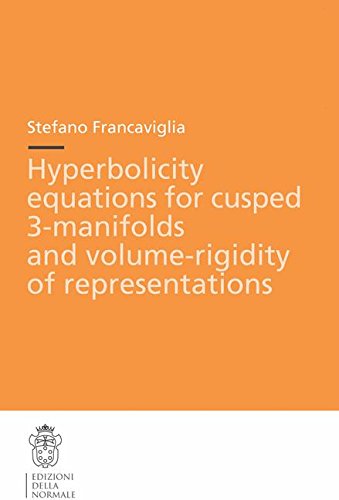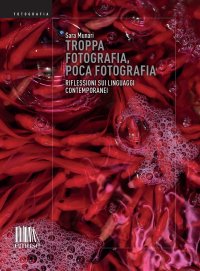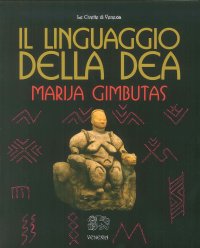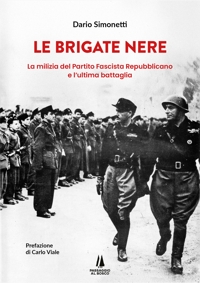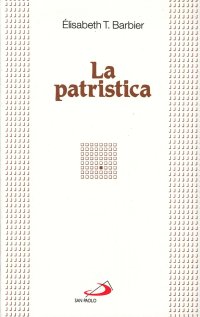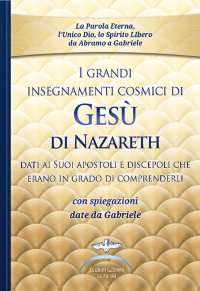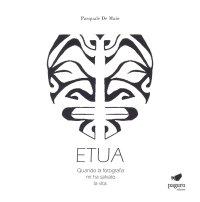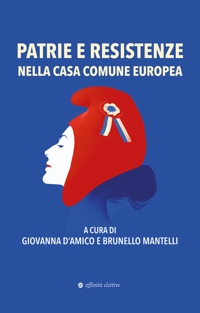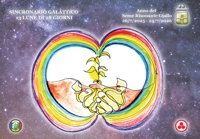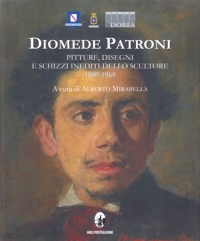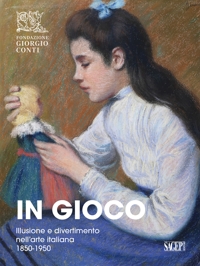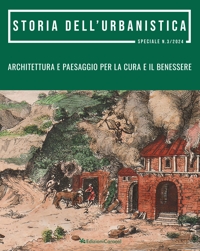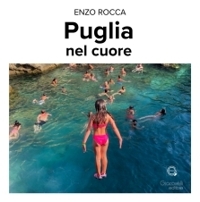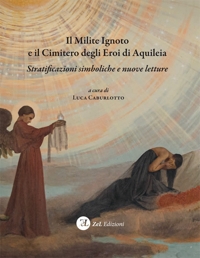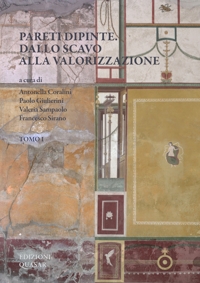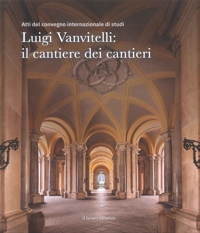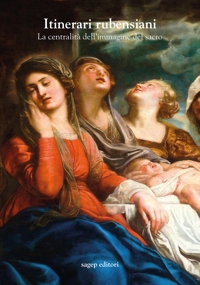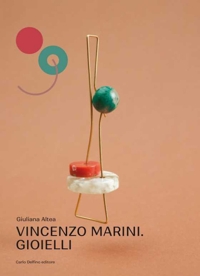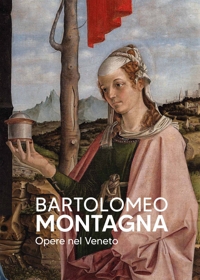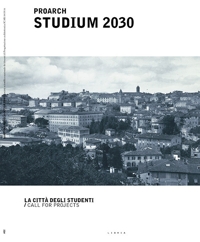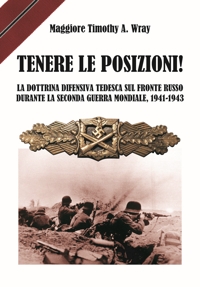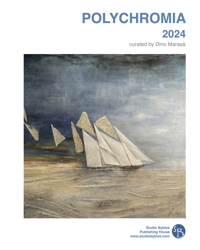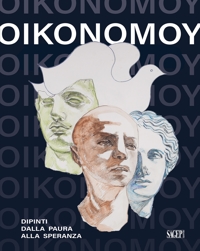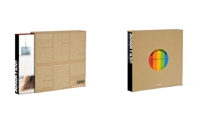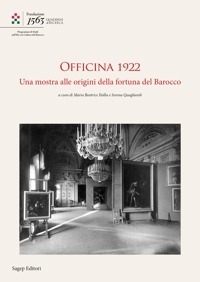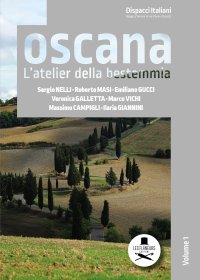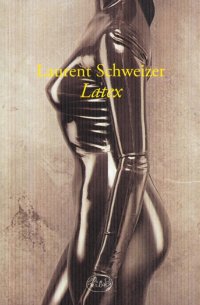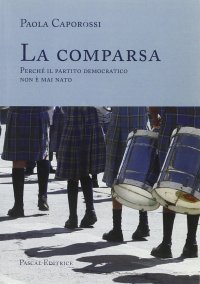Felice Palma. Massa 1583-1625. Collezione / Collection.
Texts by Andrei Cristina, Ciarlo Nicola, Federici Fabrizio, Claudio Casini and Sara Ragni.
Italian and English Text.
Pontedera, 2024; bound in a case, pp. 289, b/w and col. ill., b/w and col. plates, cm 24,5x34.
(L'Oro Bianco. Straordinari Dimenticati. The White Gold Forgotten Masters).
cover price: € 160.00
|
Books included in the offer:
Felice Palma. Massa 1583-1625. Collezione / Collection.
Texts by Andrei Cristina, Ciarlo Nicola, Federici Fabrizio, Claudio Casini and Sara Ragni.
Italian and English Text.
Pontedera, 2024; bound in a case, pp. 289, b/w and col. ill., b/w and col. plates, cm 24,5x34.
(L'Oro Bianco. Straordinari Dimenticati. The White Gold Forgotten Masters).
FREE (cover price: € 160.00)
Le botteghe del marmo
Italian and English Text.
Ospedaletto, 1992; bound, pp. 153, 10 b/w ill., 60 col. ill., cm 24x29.
(Immagine).
FREE (cover price: € 34.49)
Museo Stefano Bardini. I Bronzetti e gli Oggetti d'Uso in Bronzo
Edited by Nesi A.
Firenze, 2009; paperback, pp. 191, 102 b/w ill., 7 col. ill., cm 17x24,5.
(Museo Stefano Bardini).
FREE (cover price: € 30.00)
Bronzetti e Rilievi dal XV al XVIII Secolo
Bologna, 2015; 2 vols., bound in a case, pp. 729, ill., col. plates, cm 21,5x30,5.
FREE (cover price: € 90.00)
Hyperbolicity equations for cusped 3. Manifolds and volume. Rigidity of representations
Stefano Francaviglia
Edizioni della Normale Superiore di Pisa
Pisa, 2005; paperback, pp. 132, cm 15x24.
(Tesi. 2).
series: Tesi
ISBN: 88-7642-167-X - EAN13: 9788876421679
Languages: 
Weight: 0.26 kg
Straight hyperbolic ideal tetrahedra are parameterized by complex numbers with positive imaginary part, and compatibility translates into algebraic equations in the parameters.
In most of this work we consider generalized solutions of the compatibility equations, without restrictions on the imaginary part, and we investigate which such solutions define a global struture. We begin by facing, and essentially solving in full generality, the analogous two-dimensional Euclidean problem. We then study explicit examples of cusped 3-manifold, exhibiting a variety of different phenomena. Finally, we introduce a certain notion of geometric solution, we prove existence and uniqueness results for such solutions, and we characterize them in terms of the volume of their (suitably defined) holonomy.
The last part of the thesis is devoted to the study of the volume function on the character variety of a hyperbolic 3-manifold.
Our main result here is the proof of a rigidity theorem for representations of maximal volume.
Sara Munari € 17.10
€ 18.00 -5 %
Wirth Oswald € 14.25
€ 15.00 -5 %
Simonetti Dario € 23.75
€ 25.00 -5 %











